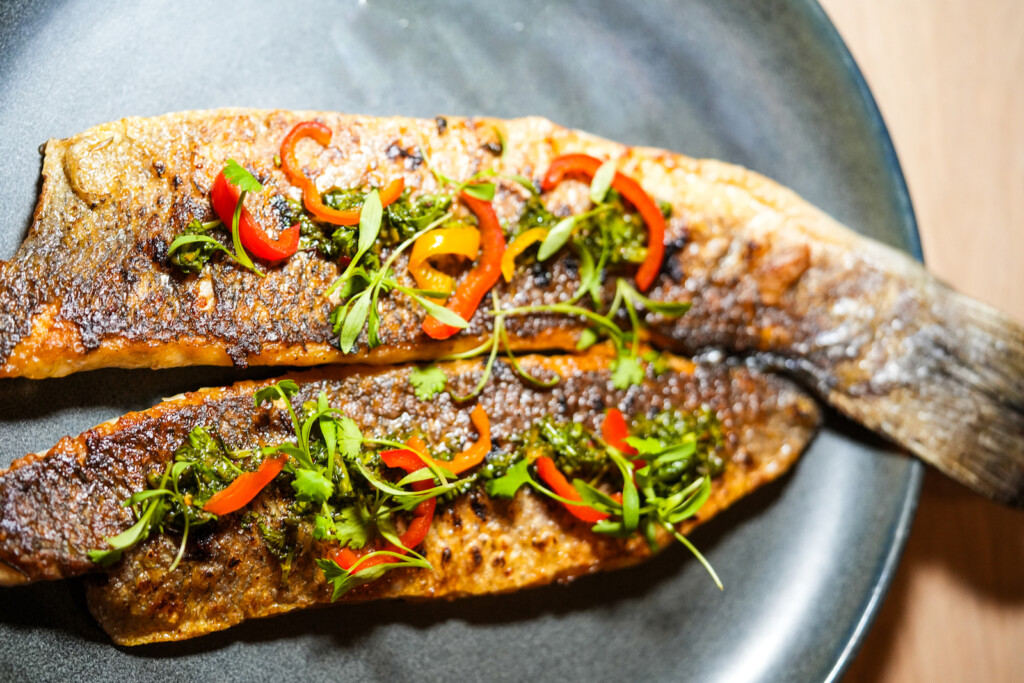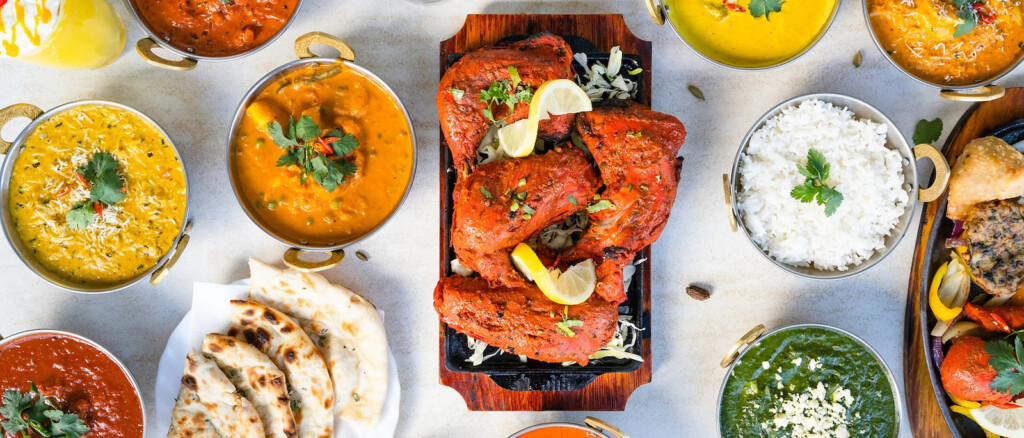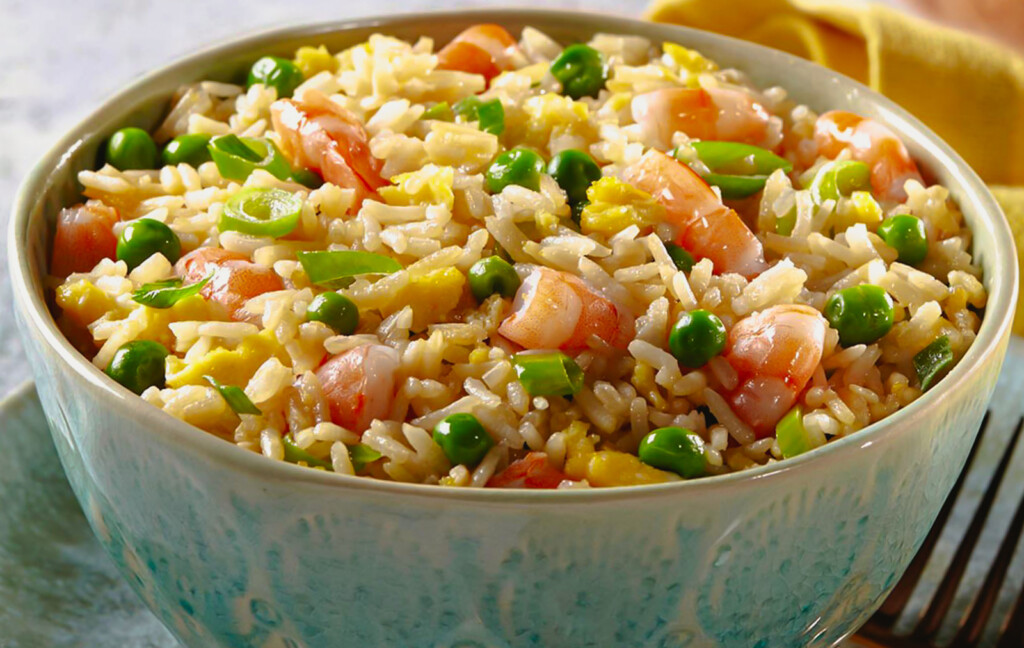2023 – now in the rearview mirror – was filled with many memorable restaurant meals. But I don’t think my family enjoyed any as much as our visit to Umi Japanese Shabu Shabu restaurant in South Salt Lake. It’s an all-you-can-eat buffet-style dining experience where part of the fun is cooking dinner or lunch right at your table.
To understand the experience, a few words about what shabu shabu is are in order. Shabu shabu’s roots can be traced back to the 20th century, with its origins often associated with the Chinese and Mongolian hot pot traditions. According to some culinary historians, shabu shabu made its debut in Osaka during the 1950s, quickly capturing the hearts and palates of the Japanese people. Its name is derived from the onomatopoeic sound “shabu shabu,” representing the swishing motion of thinly sliced meat being cooked in the bubbling broth at the dinner table.
Traditionally, shabu shabu features paper-thin slices of beef, though variations with pork, chicken, or seafood have become popular over the years. The meat is accompanied by an array of fresh vegetables, such as leafy greens, mushrooms, and tofu. Central to the shabu shabu experience is the flavorful broth. Traditionally, there were two types of broth – a kombu (seaweed) dashi for a delicate umami flavor and a richer, heartier option made with a soy sauce base. The broth is brought to a simmer at the dining table, and diners take an active role in cooking their ingredients to perfection.
At Umi Japanese Shabu Shabu, there are no fewer than seven broths for guests to choose from: beef bone broth, tonkotsu pork broth, sukiyaki sweet & salty broth, hot and spicy beef bone broth, miso (fermented soybean paste and seaweed), sweet & sour tomato broth (vegetarian), and “healthy herb” broth with mushroom, goji berries, dates, and astragalus roots.
The cost for dining at Umi is $32.99 per person, and includes appetizers, broth, meats and seafood, plus an almost limitless selection of items from the food bar/buffet. Kids 6-10 pay the same amount as their age, so an eight year old would be charged $8. Children 5 and under eat free. Umi also offers beer and wine, as well as sodas, teas, coffee, etc.
“Peanut” – Umi’s Appetizer-Delivering Robot
Appetizer options – and you can order as many or as few as you like – include salt-seasoned edamame, gyoza ( Japanese meat & veggie-stuffed dumplings), French fries, chicken wings marinated in a special house sauce and deep-fried, vegetable egg rolls, and a chef’s special appetizer of the day. A big draw at Umi – especially for kids – is that appetizers are delivered to your table via a talking robot.
After ordering appetizers from a (human) server, guests at Umi select a broth from the aforementioned choices. Each diner can choose his/her own broth since each seat is equipped with a burner built into the table to heat the broth and cook meats, seafood, veggies, noodles, etc. After selecting a broth, guests order meat and seafood from their server. Choices include pork shoulder, beef brisket, beef eye of round, boneless beef short ribs, beef chuck, ribeye beef, wagyu,Australian lamb leg, and mashed shrimp paste, which my wife really liked. For a fairly hefty upcharge, customers can add A5 Japanese Wagyu to their meat selection ($99.99/5 oz.) or Australian Wagyu ($45.99/8 oz.). The thinly sliced meats cook very quickly – in about ten seconds – in the hot broth. An assortment of sauces are also offered for dipping the meats and seafood after they’re cooked.
In addition to meats, there’s a plethora of items to cook in the shabu shabu broth at Umi, including a number of different types of noodles, like ramen, taro noodles, udon, glass noodles, and more. There is seafood such as shrimp, mussels, clams, baby octopus, crab, fish balls, calamari, lobster balls, fresh fish fillets, etc, including freshly made sushi rolls. All are included in the all-you-can-eat price of lunch or dinner.
There’s also a dizzying array of fresh vegetables to select from including – just to name a few – bok choy, carrot, spinach, corn, mushrooms, bean sprouts, peppers, broccoli, Napa cabbage, daikon, and more.
One thing unique about shabu shabu dining is that it is more than just a meal; it’s a communal experience. Shared hot pots encourage interaction and bonding among diners as they cook and enjoy a meal together. I believe that the communal aspect of shabu shabu has contributed to its enduring popularity as a social and family-oriented dining option. Simply put: It’s FUN.
The servers at Umi Japanese Shabu Shabu are really friendly and very helpful in explaining and leading guests through the shabu shabu dining experience. And the restaurant itself – which admittedly doesn’t look like much from the outside – is filled with beautiful decor, lighting, and design elements inside, many created by the owner we met while we were dining. She is very proud of her unique restaurant – and justifiable so.
For a dining adventure that is every bit as delicious as it is unique, I highly recommend a visit to Umi Japanese Shabu Shabu. You’re gonna love it.
Photos by Ted Scheffler & Courtesy of Umi
Culinary quote of the week: “”There is something profoundly satisfying about sharing a meal. Eating together, breaking bread together, is one of the oldest and most fundamentally unifying of human experiences.” Barbara Coloroso






